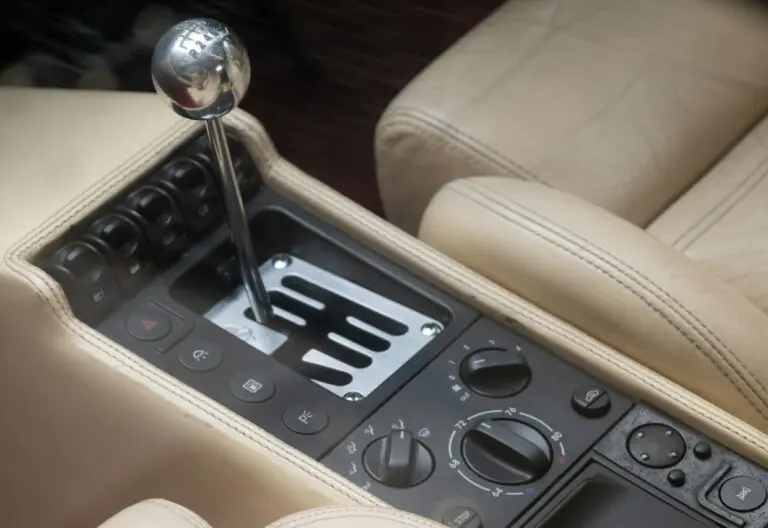Car batteries are an essential component of any vehicle, as they provide the power needed to start the engine and keep all the electrical systems running. However, not all car batteries are created equal, and choosing the right one for your vehicle can be a daunting task. In this article, we will take a look at the different types of car batteries available on the market, their purpose, benefits, and how to use them safely. We will also explore why car batteries were invented and some of the other types that are available.
Purpose of Car Batteries
Car batteries are designed to store electrical energy and release it as needed to power the vehicle’s electrical systems, such as the headlights, radio, and windshield wipers. They also provide the initial spark needed to start the engine. Without a car battery, your vehicle wouldn’t be able to start or run any of its electrical components.
Benefits of Car Batteries
There are several benefits to using a car battery, including:
- Reliability: Car batteries are designed to be reliable and to provide consistent power over time.
- Convenience: Car batteries allow you to start your vehicle quickly and easily, without the need for an external power source.
- Safety: Car batteries are sealed and maintenance-free, reducing the risk of acid leaks or spills.
Choosing the Right Car Battery
When choosing a car battery, there are several factors to consider, such as the type of vehicle, the climate in your area, and your driving habits. Some of the most common types of car batteries include:
- Lead-Acid: These are the most traditional type of car battery and are typically found in older vehicles. They are relatively inexpensive and have a relatively long service life, but they do require regular maintenance, such as checking and filling the electrolyte levels.
- Maintenance-Free Lead-Acid: These batteries are similar to traditional lead-acid batteries but are sealed, making them maintenance-free and reducing the risk of acid leaks. They are also more expensive than traditional lead-acid batteries.
- Absorbent Glass Mat (AGM) batteries: This is a sealed and maintenance-free type of car battery, as well as it is vibration resistance, that uses glass fibers between the lead plates to keep the acid in place. They are also known for higher performance and long life than traditional lead-acid batteries
- Lithium-Ion: Lithium-ion batteries are becoming increasingly popular in vehicles. They are lightweight, have a higher energy density than lead-acid batteries, and are relatively maintenance-free. They are however more expensive than traditional lead-acid batteries, and have a more limited service life.
How to Use Car Batteries Safely
Using car batteries safely is important to ensure that they last as long as possible and to prevent accidents. Some safety precautions to keep in mind include:
- Always read the manufacturer’s instructions before installing or using a car battery.
- Wear gloves and safety goggles when working with batteries to protect your hands and eyes from acid.
- Keep batteries out of reach of children and pets.
- Never overcharge or over-discharge a car battery, as this can damage the battery and reduce its service life.
Why Car Batteries Were Invented
Car batteries were invented as a way to store electricity and provide a reliable power source for vehicles. The first car battery was invented by French physicist Gaston Planté in 1859. Planté’s battery was a lead-acid battery, which used lead plates and sulfuric acid to generate electrical energy. Over time, car batteries have evolved to become more reliable, safer, and more efficient.



















